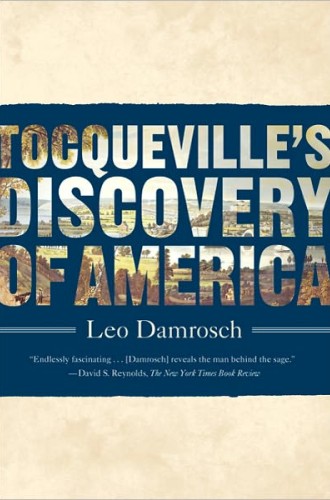Tocqueville’s Discovery of America, by Leo Damrosch
To European visitors in the first half of the 19th century, Americans were like their newfangled steamboats: noisy, combustible, always on the move—and dirty. "I hardly know any annoyance so deeply repugnant to English feelings as the incessant, remorseless spitting of Americans," Frances Trollope reported. Riding aboard one of the garish, belching behemoths on the Mississippi, Trollope observed that when Americans were not spitting, they were eating their food too quickly. And after that they picked their teeth with a pocketknife.
Charles Dickens also seemed to hold his nose as he passed through America. "In all modes of travelling, the American customs, with reference to the means of personal cleanliness and wholesome ablution, are extremely negligent and filthy," scowled the English novelist. The Americans he encountered aboard a crowded steamboat were tedious: "There is no diversity of character. They travel about on the same errands, say and do the same things in exactly the same manner, and follow in the same dull cheerless round."
The image of American incivility lived on well into the 20th century. Americans were practical but artless. French avant-garde artist Marcel Duchamp complained, "The only works of art America has given are her plumbing and her bridges."





